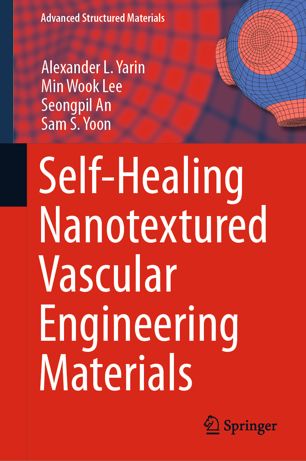

Most ebook files are in PDF format, so you can easily read them using various software such as Foxit Reader or directly on the Google Chrome browser.
Some ebook files are released by publishers in other formats such as .awz, .mobi, .epub, .fb2, etc. You may need to install specific software to read these formats on mobile/PC, such as Calibre.
Please read the tutorial at this link: https://ebookbell.com/faq
We offer FREE conversion to the popular formats you request; however, this may take some time. Therefore, right after payment, please email us, and we will try to provide the service as quickly as possible.
For some exceptional file formats or broken links (if any), please refrain from opening any disputes. Instead, email us first, and we will try to assist within a maximum of 6 hours.
EbookBell Team

4.4
82 reviewsThis book gives an overview of the existing self-healing nanotextured vascular approaches. It
describes the healing agents used in engineering self-healing materials as well as the
fundamental physicochemical phenomena accompanying self-healing. This book also addresses
the different fabrication methods used to form core–shell nanofiber mats. The fundamental
theoretical aspects of fracture mechanics are outlined. A brief theoretical description of cracks
in brittle elastic materials is given and the Griffith approach is introduced. The fracture
toughness is described, including viscoelastic effects. Critical (catastrophic) and subcritical
(fatigue) cracks and their growth are also described theoretically. The adhesion and cohesion
energies are introduced as well, and the theory of the blister test for the two limiting cases of
stiff and soft materials is developed. In addition, the effect of non-self-healing nanofiber mats
on the toughening of ply surfaces in composites is discussed. The book also presents a brief
description of the electrochemical theory of corrosion crack growth. All the above-mentioned
phenomena are relevant in the context of self-healing materials.